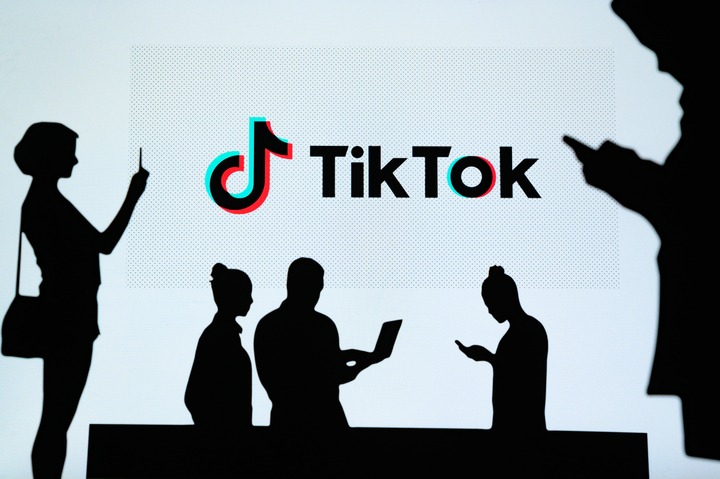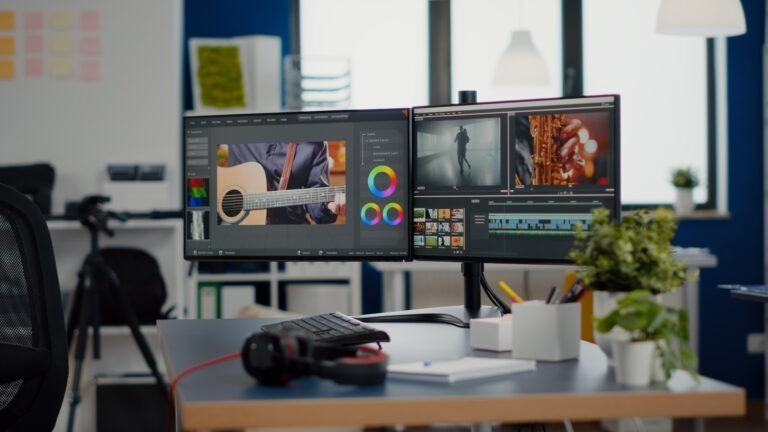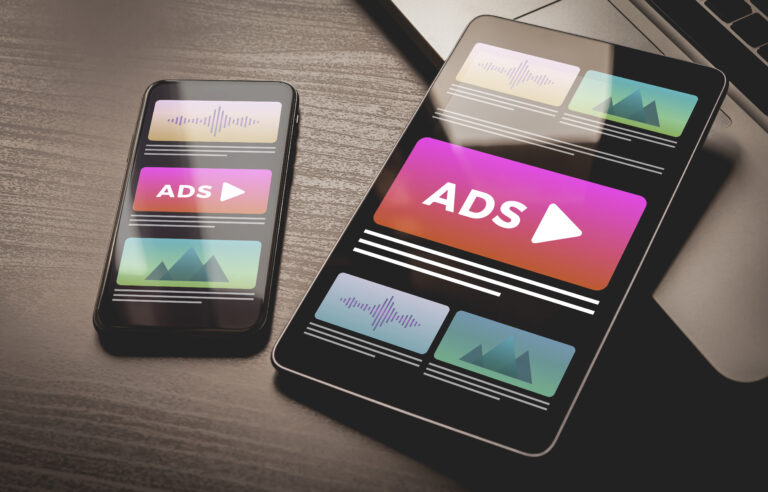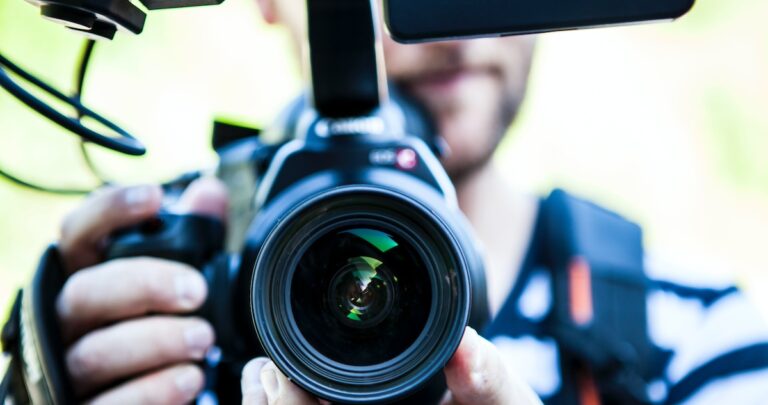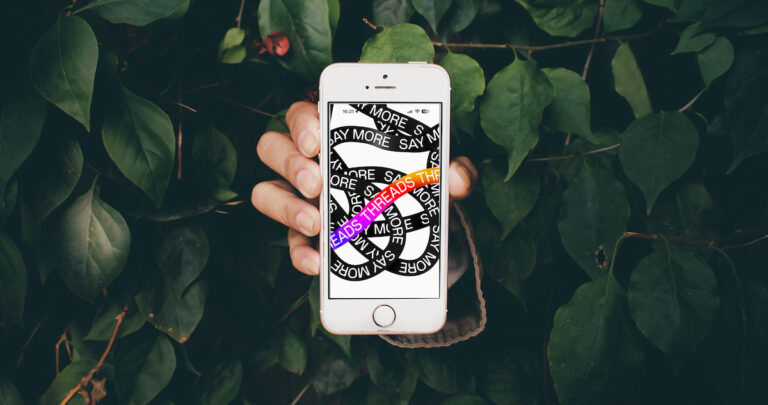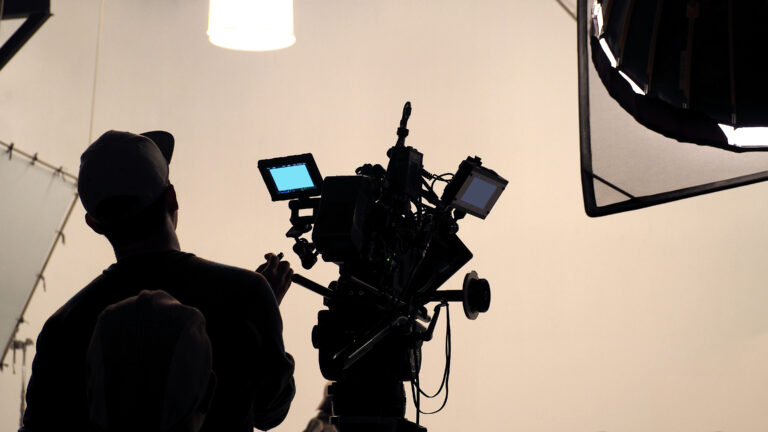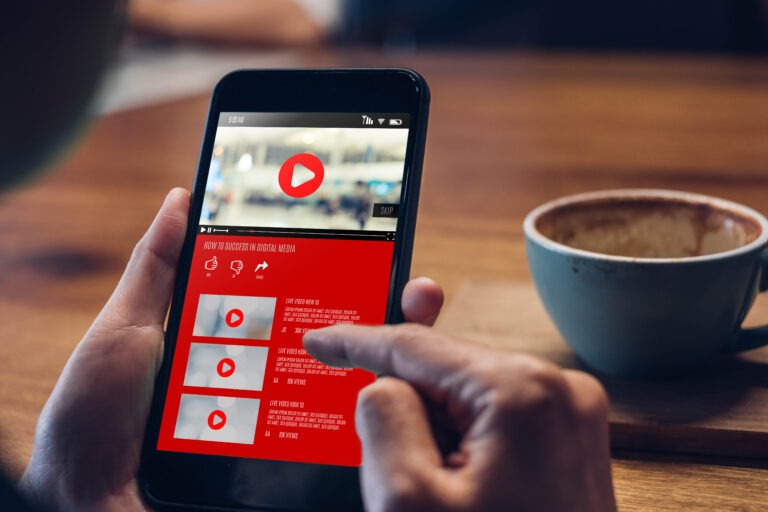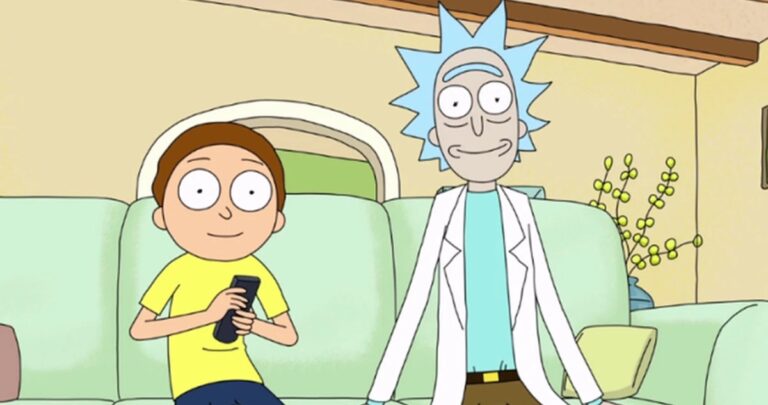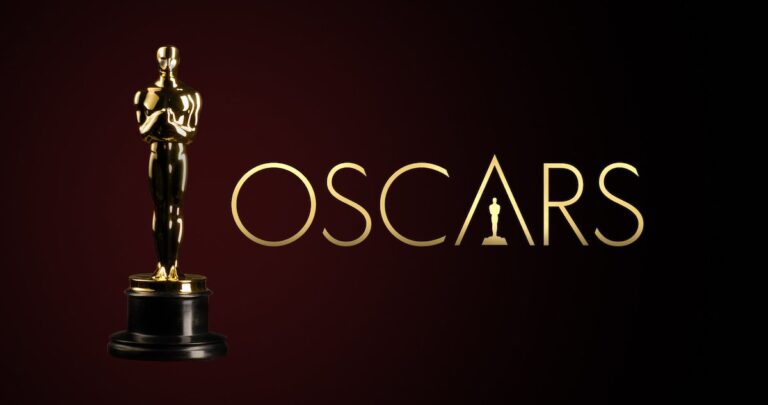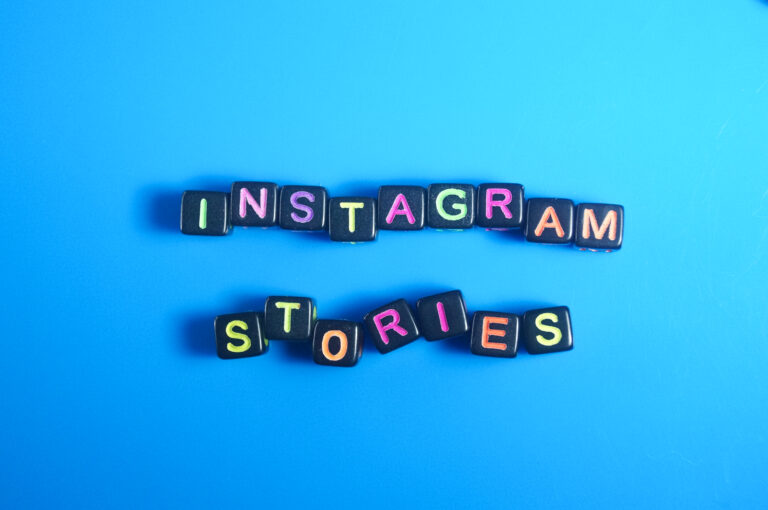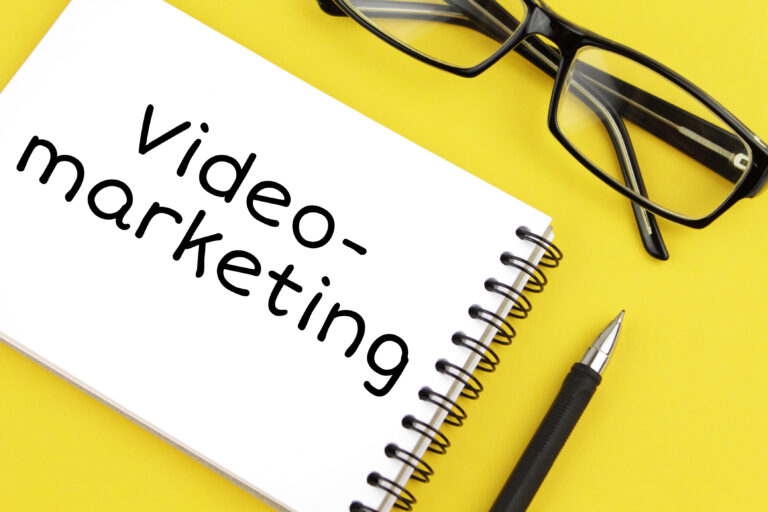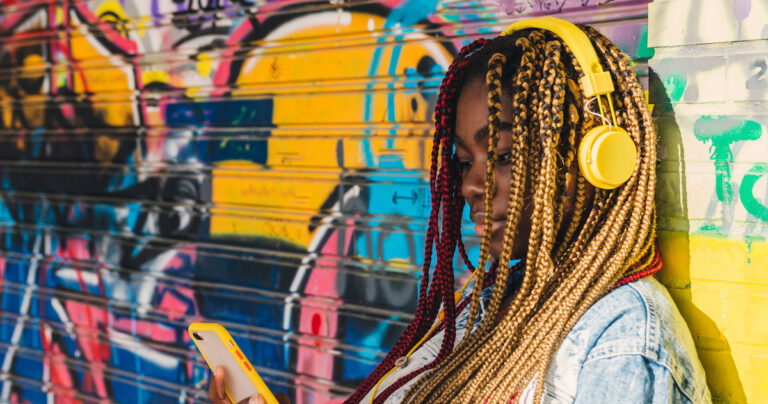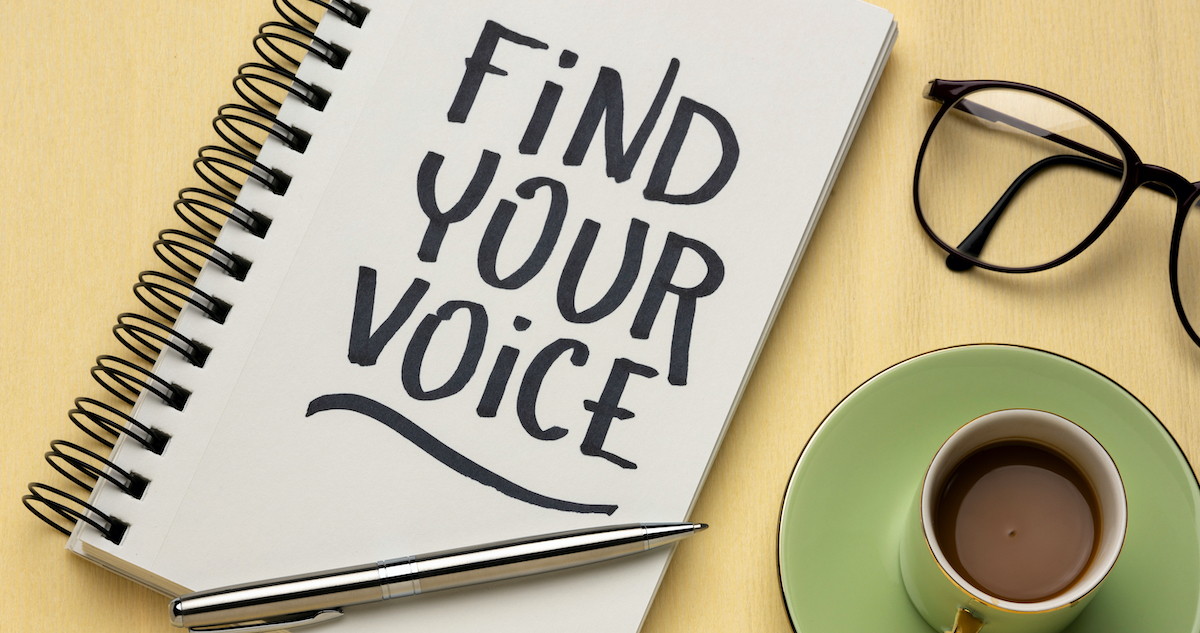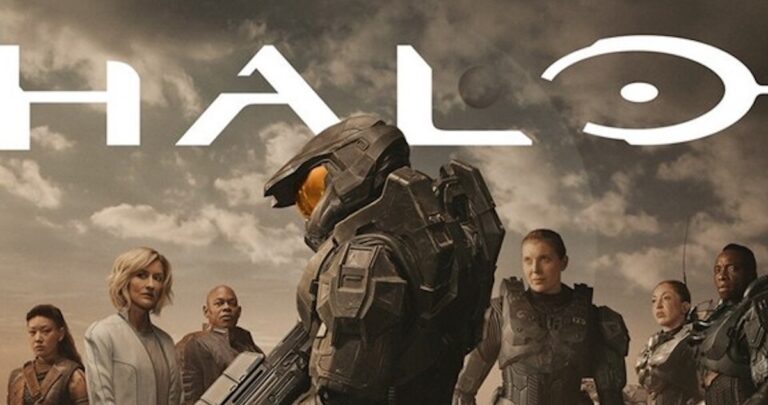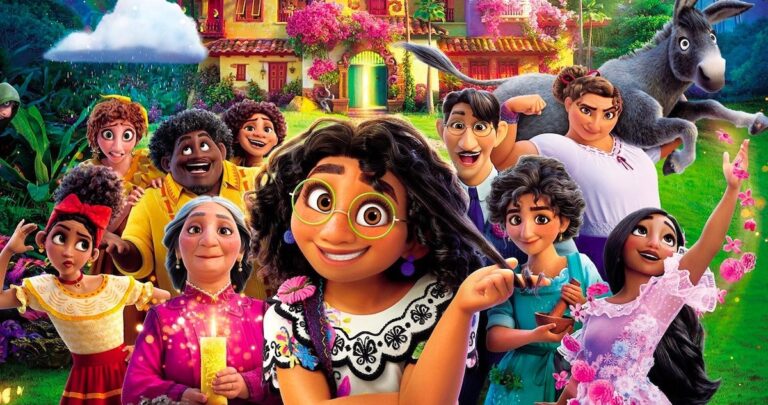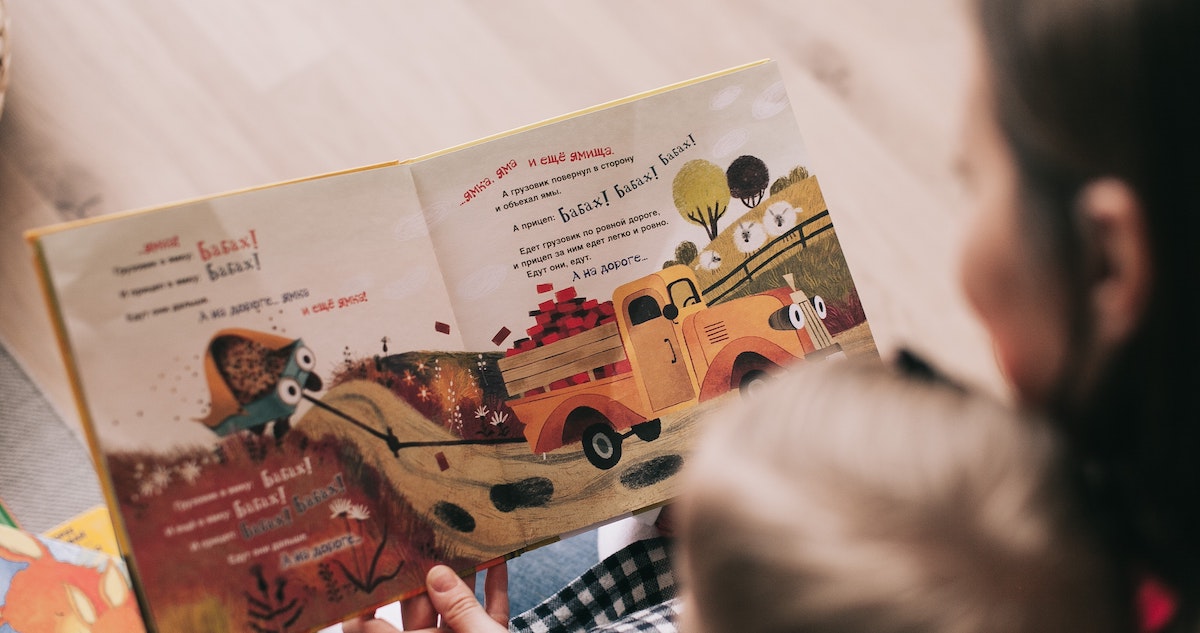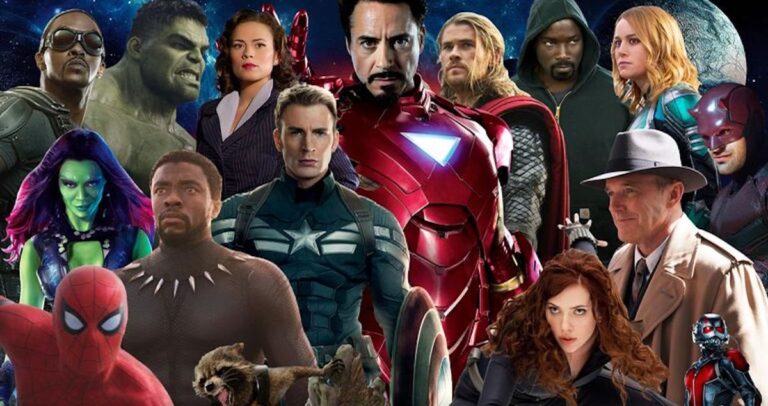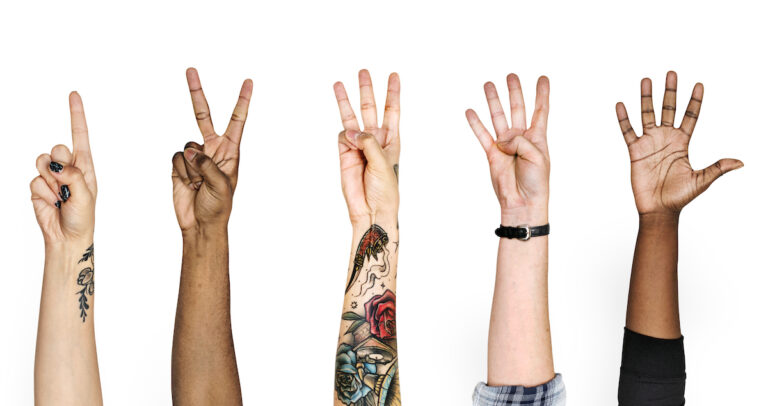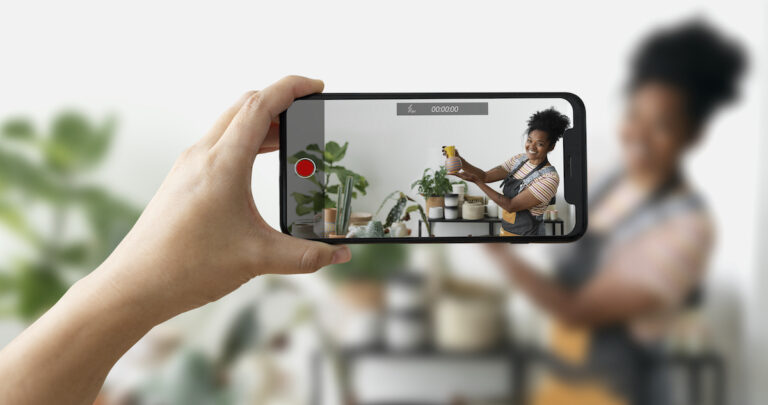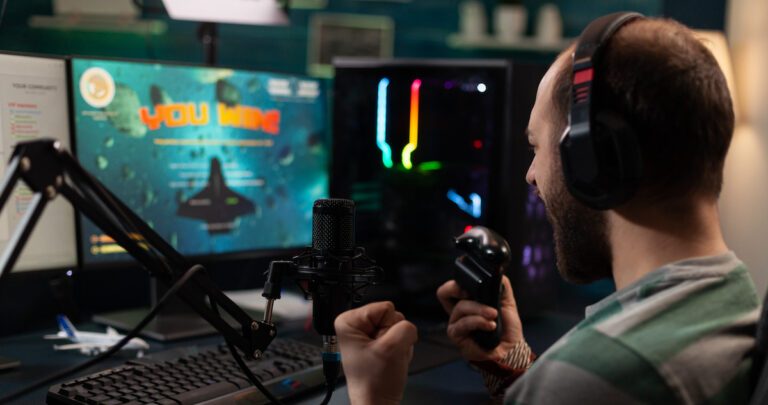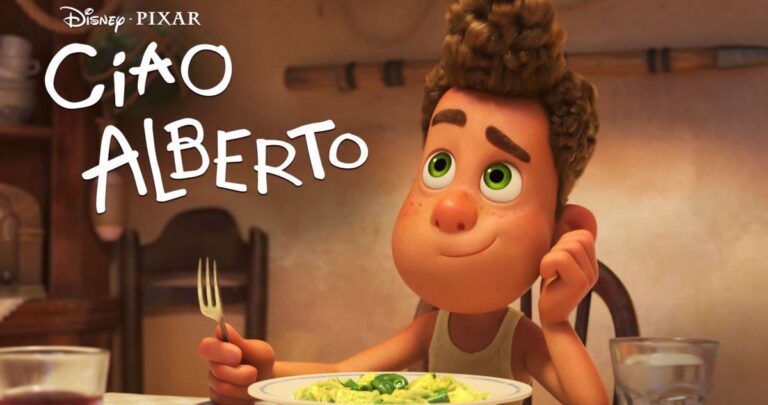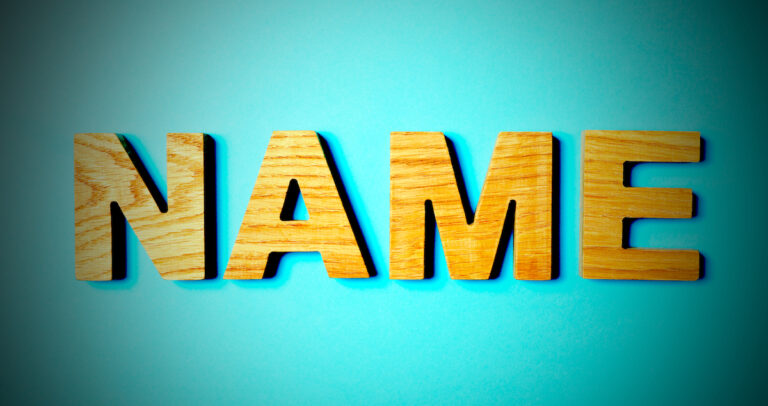Visual storytelling has roots that date back countless years. From the beautiful drawings in Frances’ Chauvet cave to the birth of silent film, visual storytelling is much more than an art form. Through vivid impact, it engages, educates, and motivates global audiences. So, if pictures are worth a thousand words, visual storytelling brings so much more to life than a handful of graphics and visual effects. And let’s face it, everyone loves a good story.
Stories connect global audiences. Above all, it has the power to inspire and persuade. Instead of overwhelming audiences with facts, and statistics brands can use visual storytelling to make information more appealing and easier to digest. The demand for video content has also exploded in recent years. And the consumer’s video appetite is only increasing. Almost
98% of U.S. internet users believe they are digital video viewers. So, visual storytelling is gaining momentum fast.
What is visual storytelling?

Without sounding too obvious, visual storytelling is simply telling a story visually. It is a method of boosting brand awareness by channeling an emotional reaction. Visual storytelling evokes emotion and spurs a person to action. It’s one of the most powerful tools available to engage new audiences in the shortest time. This is especially crucial as an ongoing digital tsunami is sweeping various brands into oblivion. Others however, are proving their mettle by riding the waves of change with perseverance and skill.
Why is visual storytelling important?
The
art of visual storytelling has significant value. It establishes an emotional link from the visual effects to the viewer. It’s also powerful enough to inspire the viewer within the first few seconds of watching the video.
Whether your video is a commercial, anime, or film production the aim is to draw the attention of your potential customers. Visual storytelling is the hook that reels in customer. Pulling them toward your product/service with an invisible line.
Some visual storytelling examples are:
- Videos
- Graphs
- Social media posts
- Pictures
- Charts
How can visual storytelling impact your brand?
The beauty of visual storytelling is that the stories you choose to tell can be about anyone. From average people, to situations, and even relationships. These could be positive, negative, factual, or emotional, the list is endless. The only stickler is to make them catchy. Audiences should want to watch and even rewatch your message for years to come.
Visual storytelling adds value to both content and marketing. It also creates brand awareness which heights leads and sales. Generating interest right from the start of the buyer’s journey.
Once the content lures new audiences your brand comes to life through engagement.
An irreplaceable aspect of visual storytelling is that it leaves a permanent impression on audiences. Since, most people learn visually this kind of message delivery system is more likely to stick in the customers mind.
Useful visual storytelling examples
For a story to be successful it needs several different factors. Something that really
grabs the audience attention. Here’s a few visual storytelling examples to get you started.
Transparency
Transparency goes hand-in-hand with clarity. So, the content speaks directly to the audience. Keep in mind that no one likes searching for a missing puzzle piece. If viewers have to search through your content for the benefit, it’s less likely to impact their buying decisions. Use a variety of visual elements in your content to build intrigue and heighten suspense. But overall, keep it simple.
Aesthetically pleasing
To appeal to the mind’s eye, the story should be aesthetically pleasing. This means design is a valuable tool in getting your content through to your audience. It could be in the form of colors, videos, or even picture size. The point is to help viewers connect what they are viewing directly to your brand message in an eye-catching way.
Design placement
The position of your elements will establish relevance from most to least important. Have a plan of the images, graphs, or pictures that should feature more prominently. Consider, what you want the audience to focus more on and why. You can also incorporate various design elements that range in size and style. But, don’t forget to rank them by way of importance. Follow the rule of more to less. More important at the top and less important at the bottom. If you keep it well-structured your elements won’t have compete with each other for the viewer’s attention. This makes interpreting the story fluid and structural.
Audience engagement
Usually, we only get one shot at making a first impression. So, make your storytelling count right from the beginning. Work around the first few seconds of your visual. Since humans reportedly have a
lower attention span than goldfish your ideal target should be 8 seconds.
1 second less than a goldfish.
If you use these steps to connect with your audience your story will be interesting and motivating.
Final thoughts on visual storytelling
For many, visual storytelling is an art form that’s tough to nail. And to some extent it does require a certain skill set. Many a talented creative, however, will tell you that storytelling skills can be acquired through practice. So, with the right toolkit, everyone can become a storyteller. However, your stories should always a vision and a voice. It doesn’t matter whether the narrative is visual, musical, sung, or spoken. As far as visual storytelling goes, the more the world evolves, the more things stay the same. And a good story cleverly told will always be remembered.
Story’s are catching.
In the final analysis, it’s tough out there — and it’s getting tougher — but maybe competition is a good thing. Boutique video production agency director and voice actor, Michael Goodheart once said:
“If we don’t get forced to push boundaries, we’ll never get ahead.”
With that in mind, we’d like to wish you well in the world of visual storytelling. And whatever your project involves,
Voice123 has a host of incredibly talented voice actors to bring it to vocal life. We’ve made
hiring a voice actor a seamless process. At the touch of a button you can listen to voice samples,
post a project for free, or even request custom auditions. Find your voice today!
 Without sounding too obvious, visual storytelling is simply telling a story visually. It is a method of boosting brand awareness by channeling an emotional reaction. Visual storytelling evokes emotion and spurs a person to action. It’s one of the most powerful tools available to engage new audiences in the shortest time. This is especially crucial as an ongoing digital tsunami is sweeping various brands into oblivion. Others however, are proving their mettle by riding the waves of change with perseverance and skill.
Without sounding too obvious, visual storytelling is simply telling a story visually. It is a method of boosting brand awareness by channeling an emotional reaction. Visual storytelling evokes emotion and spurs a person to action. It’s one of the most powerful tools available to engage new audiences in the shortest time. This is especially crucial as an ongoing digital tsunami is sweeping various brands into oblivion. Others however, are proving their mettle by riding the waves of change with perseverance and skill.





